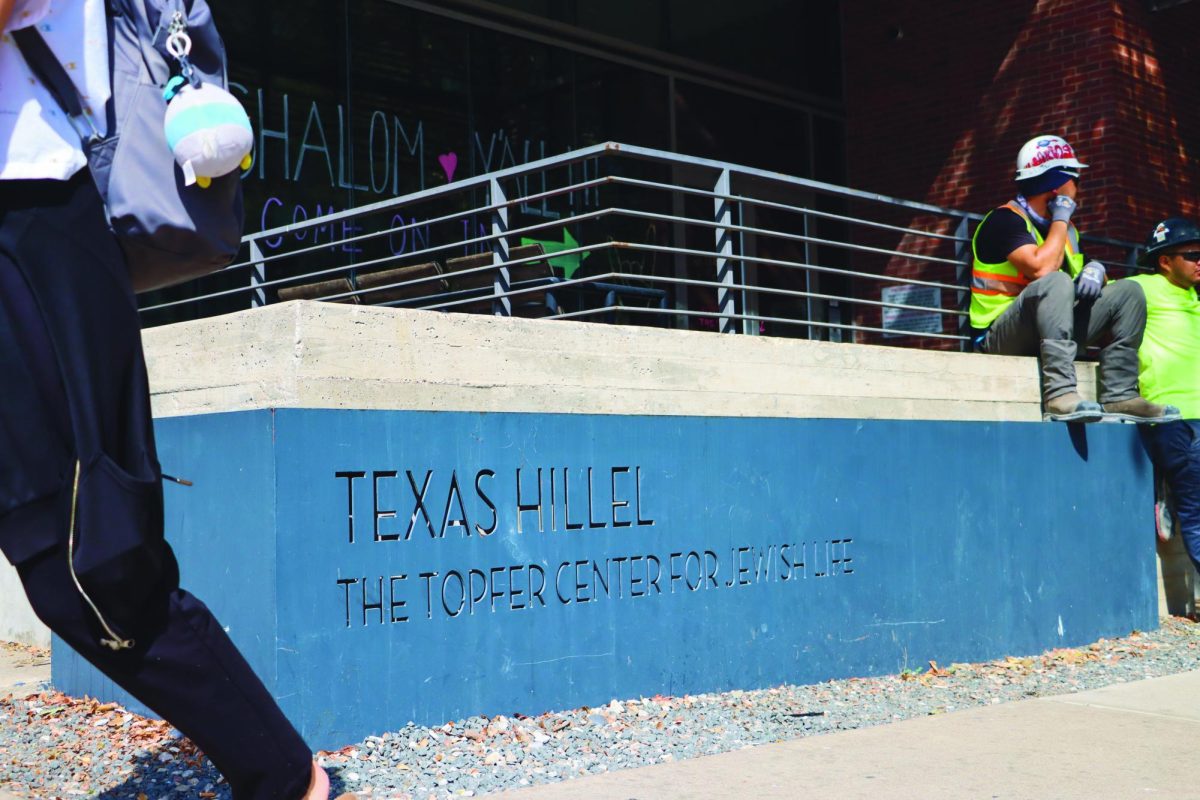Despite concern from students, the UT Police Department does not intentionally include or exclude the races of suspects in their safety alerts, said UTPD public information officer Cindy Posey.
Posey, responsible for posting campus safety alerts on social media and emailing alerts to the UT community, said UTPD has been critiqued for the descriptors they include in their alerts. However, UTPD only shares exactly what is described to them by the Austin Police Department, witnesses or victims.
“I want to really emphasize we do not edit (alerts),” Posey said. “We use whatever the witness or the victim gives us.”
UTPD’s top priority when sending out alerts is to catch the suspect, and including verbatim descriptions given by witnesses or victims can help, Posey said.
“We’ve been asked in the past why don’t we just leave race out (of the descriptions),” Posey said. “The reason that we don’t leave race out is it makes it more difficult to catch the suspect if the race is unknown.”
Neuroscience sophomore Jessica Meza said she is usually worried when she sees alerts that include race as a descriptor.
“When I do get (alerts) and I see the descriptor of race as a woman of color, I sometimes get worried that the descriptor would match me, and I would get racially profiled by UTPD,” Meza said.
About two years ago, Kevin Cokley, liberal arts and education professor and director of the Institute for Urban Policy Research and Analysis, said a student brought to his attention how some UTPD descriptions included race and others did not. As a result, Cokley met with representatives from campus police to discuss the matter.
“It’s not a new issue,” Cokley said. “It’s not an issue specific to UT. It’s strangely an issue that all college campuses across the country have to deal with. This issue has been raised by students of color at other campuses so it’s clearly something that happens frequently.”
Cokley said he sees a problem in providing descriptions that can be used to describe the appearance of multiple students.
“Personally, I don’t have a problem with race and ethnicity being reported,” Cokley said. “What is problematic is when you provide a description that’s so generic that any student, especially students of color, and particularly men of color, can be suspects.”
Posey said she understands why people could take offense to the descriptor, or lack thereof, of race.
“We’ve taken a lot of flak for a lot of the descriptions, and I understand why people could possibly be upset if they’re offended or if they feel that we’re singling out any type of group,” Posey said. “However, it’s important to me to emphasize … our goal is the safety of the campus.”
Meza said it is important to look at the issue of race descriptors as the issue is applicable to various students at different campuses.
“I think it’s not only a problem on campus, (but) it’s a problem nationwide in how we view problems dealing with people of color, criminality and how the entire system can seem to have a negative bias towards people of color,” Meza said. “I think it’s important to look into it further on campus and (see) how we can change things on campus and take those problems into account.”




















